Training Tips
How to Improve Your Diving
How to Improve Your Trim While Diving
Where buoyancy is your position in the water column, trim is an expression of your body’s angle in relation to your direction of travel. If you are completely horizontal when swimming or hovering parallel to the surface or bottom, you’re in neutral trim. If you’re slanting upward, so your head is higher than your feet, you’re in positive trim; if you’re slanting downward, so your head is below your feet, you’re in negative trim.
Needless to say, if you’re swimming upwards, either towards the surface or over an obstacle, you will want to be in positive trim. And likewise, if you’re swimming downwards to depth, you’ll be in negative trim. But unless you need to change depth, you’ll want to remain in neutral trim for the majority of a dive. Failure to maintain neutral trim is the second-most common reason divers inadvertently change their depth during a dive; the most common is failure to maintain neutral buoyancy, which can have grave consequences. If a diver is in slightly positive trim, his or her fin kicks will constantly drive the diver towards the surface as well as forward, meaning the diver must adjust repeatedly to maintain depth. If diving near a silty bottom, the diver’s fins will also kick up sediment, decreasing the visibility for anyone who follows. And of course, this can be deadly in a cave or other overhead environment.
The first step toward reaching neutral trim is to get your buoyancy and weighting in ship-shape (see previous articles). Many divers who maintain positive trim do so because they are actually negatively buoyant, either because they haven’t made appropriate adjustments to their buoyancy or because they’re over-weighted. This makes them assume a slightly upwardly slanted swimming position, where they use a bit of the momentum generated by their fins to compensate and maintain depth. This is a waste of energy, and ultimately, air. A diver who is positively buoyant because he has too much air in his BCD, or he’s wearing a drysuit, or did not add enough weights, will often end up in negative trim to compensate. Again, this wastes energy and air.
Once you can control your buoyancy, and are carrying the proper weight (and no more), maintaining trim should be much easier. Test your trim with a mid-water hover to see if you can maintain a perfectly horizontal position with ease. If you find yourself slanting forward, backward, or to one side, you may need to adjust your weight system. This can be done any number of ways. If you’re rolling forward, move your weights further down by removing any trim weights high on your torso. Move weights from the BCD to a belt or to ankle weights or shift your dive tank further down your back if possible. It’s the same idea but in reverse if you find yourself slanting backwards. If you’re rolling to either side, check that your weights are evenly distributed around your torso, and that your tank is centrally placed on your back. If that is the case, and you continue to roll, try moving some weight to the opposite side to compensate.
Ultimately, a large part of trim is skill, rather than a weight setup, so take time to practice. If you find yourself rolling to any side, check your position. You should have your arms in front of you, hands clasped, knees bent and legs slightly apart. Try to maintain as symmetrical a pose as you can.
Again, this is where the safety stop can become instant training time. On safety stops, your aim should be to hover at the correct depth, completely horizontal, for the duration of the stop. Do this on every dive, and you’ll find yourself progressing very quickly, and very soon, you’ll be one of those effortless divers that the newbies look up to.

 English
English
 Ελληνικά
Ελληνικά Русский
Русский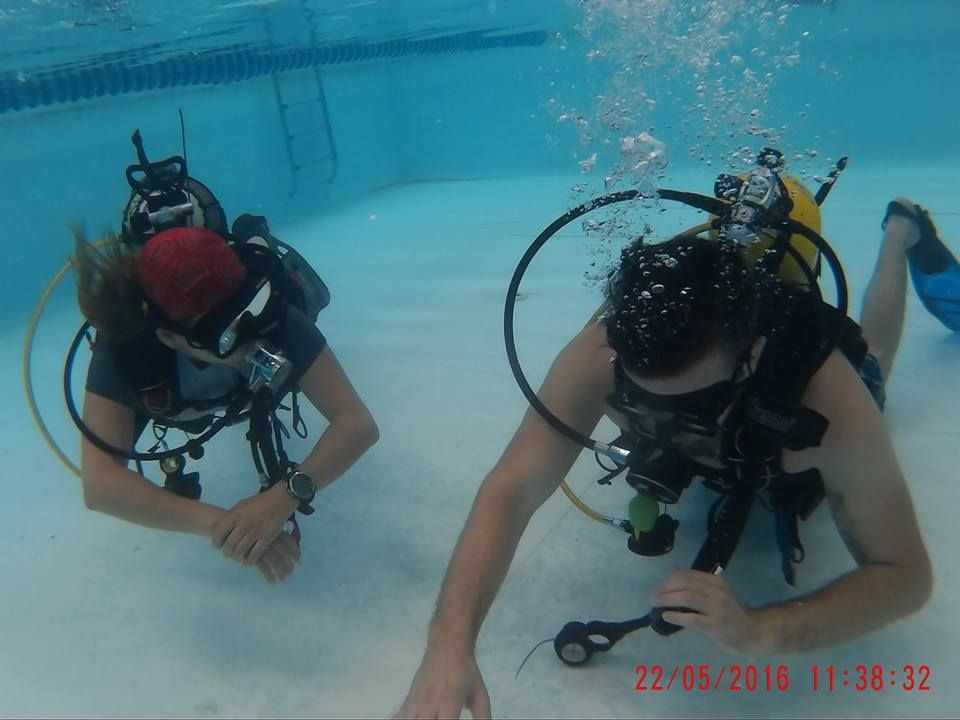

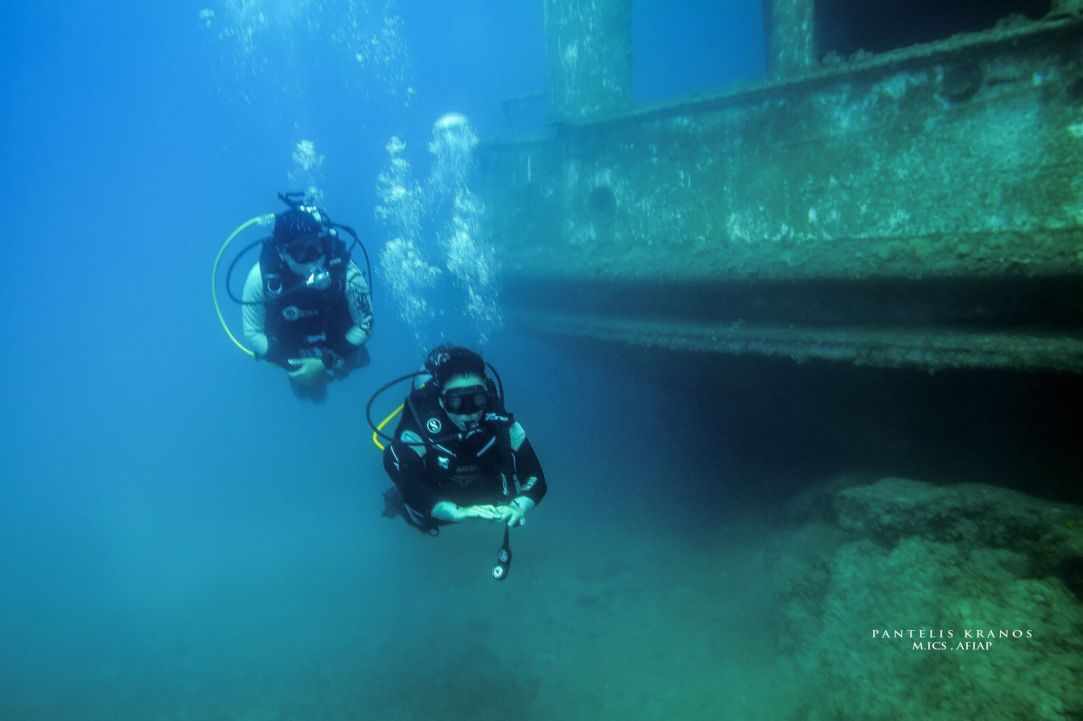
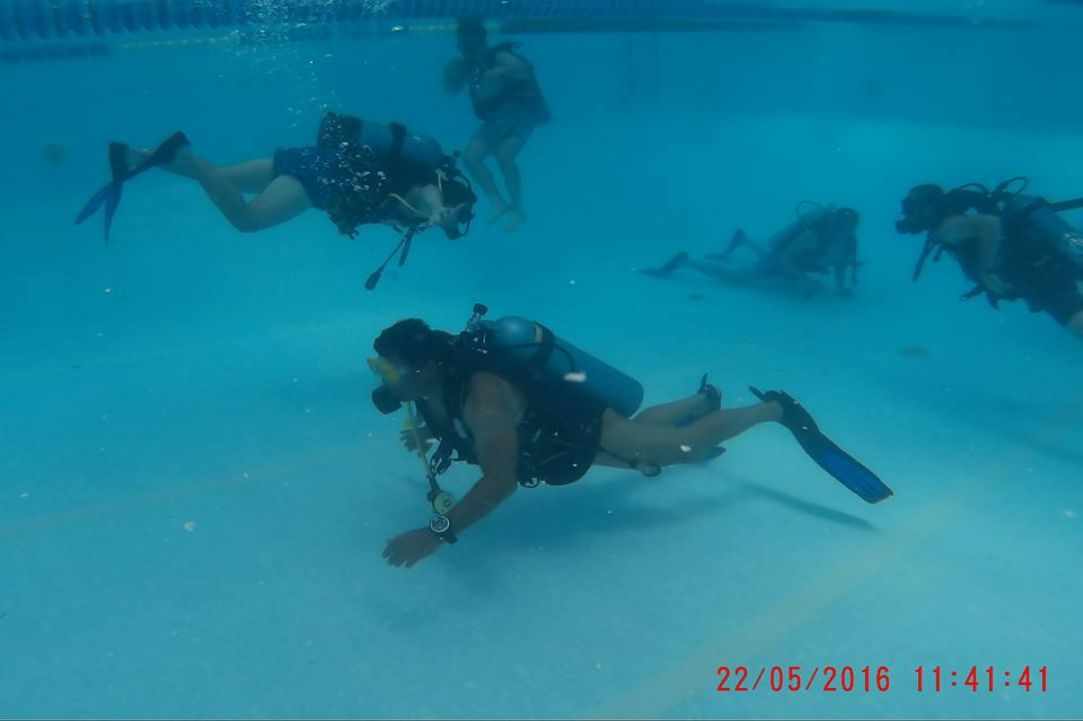
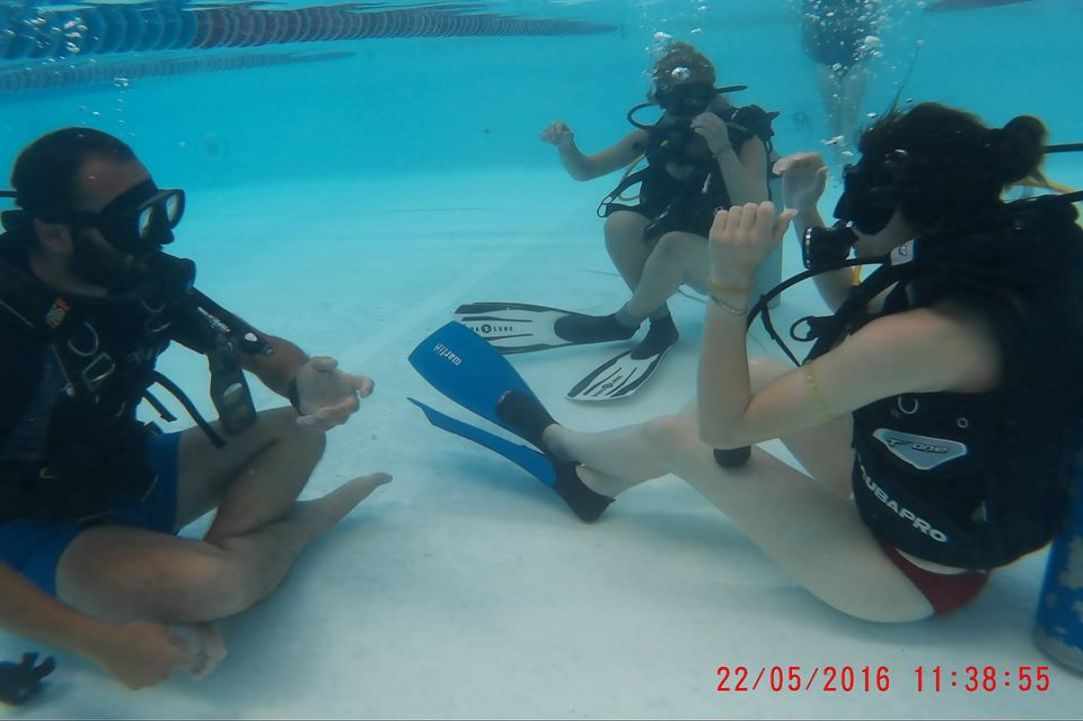
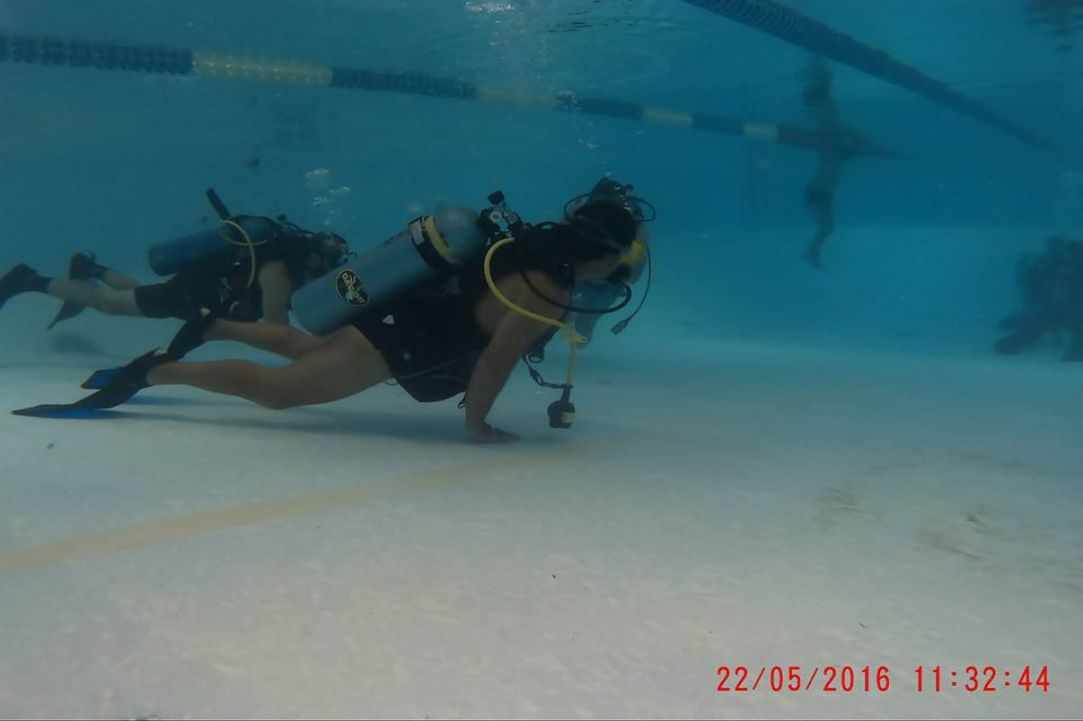


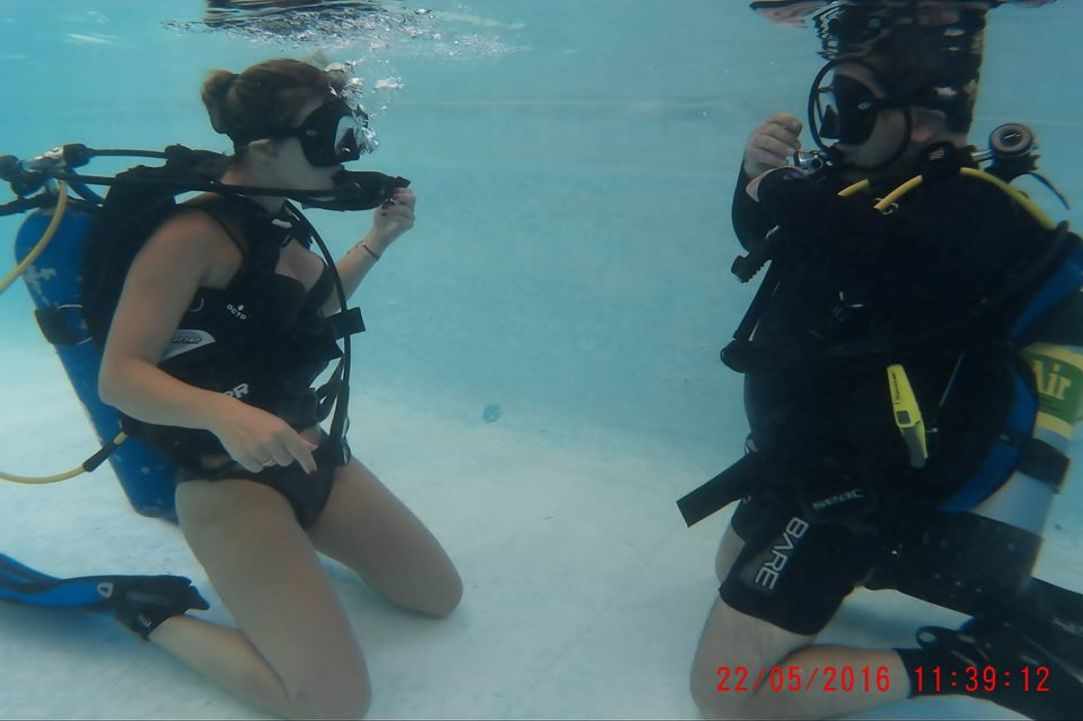
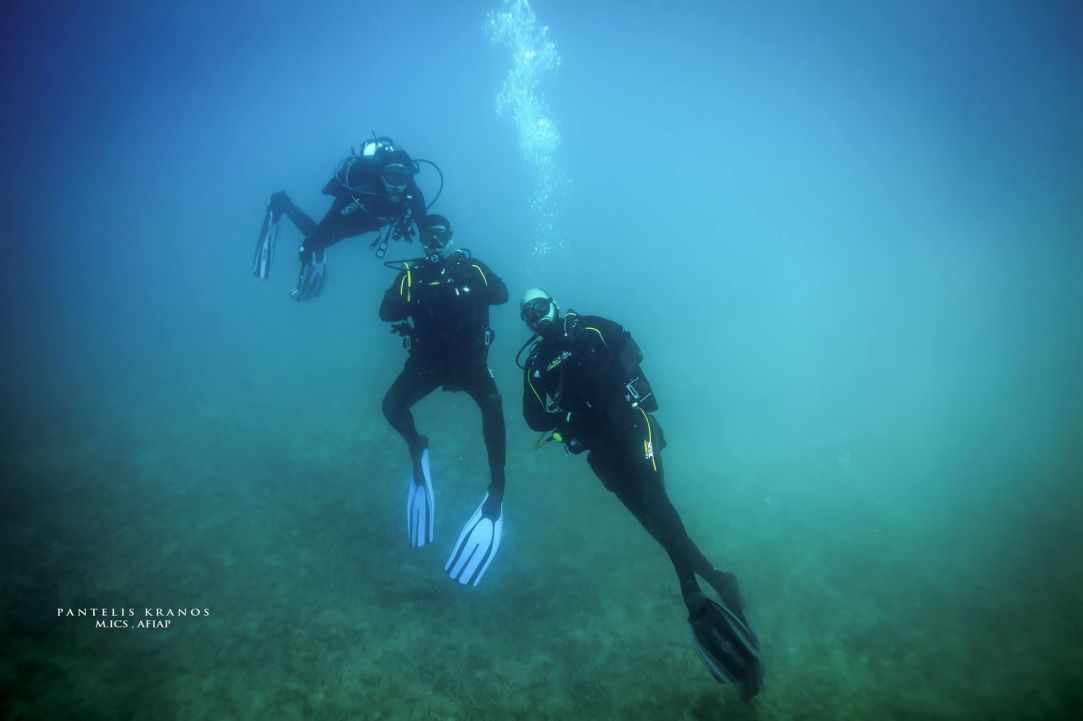
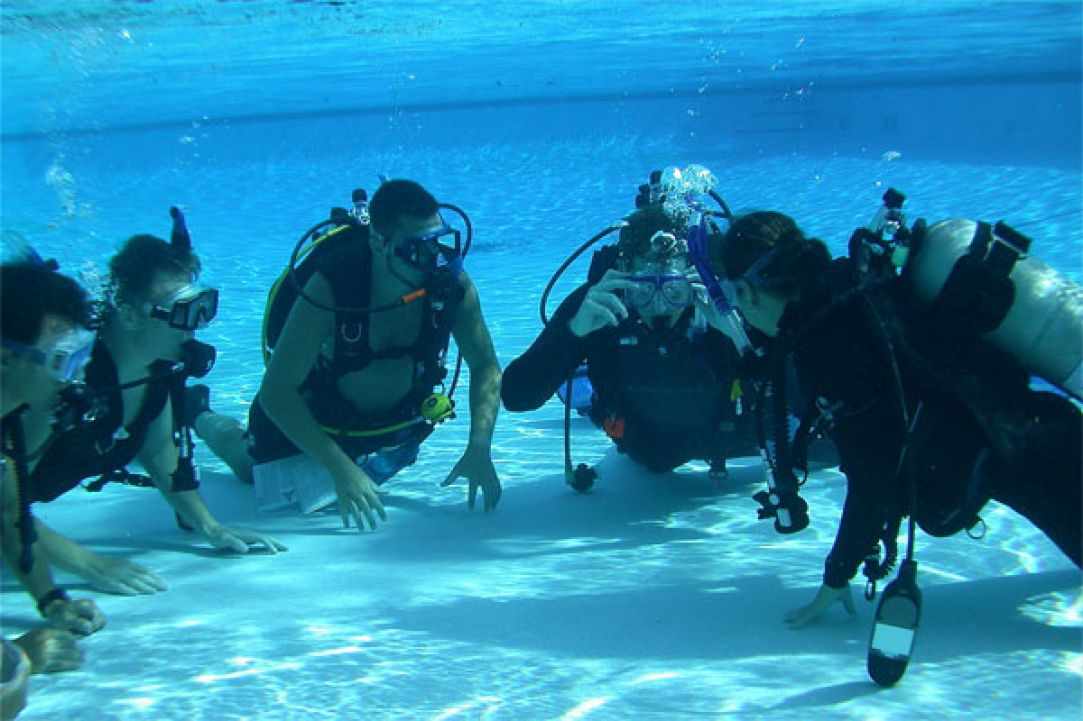
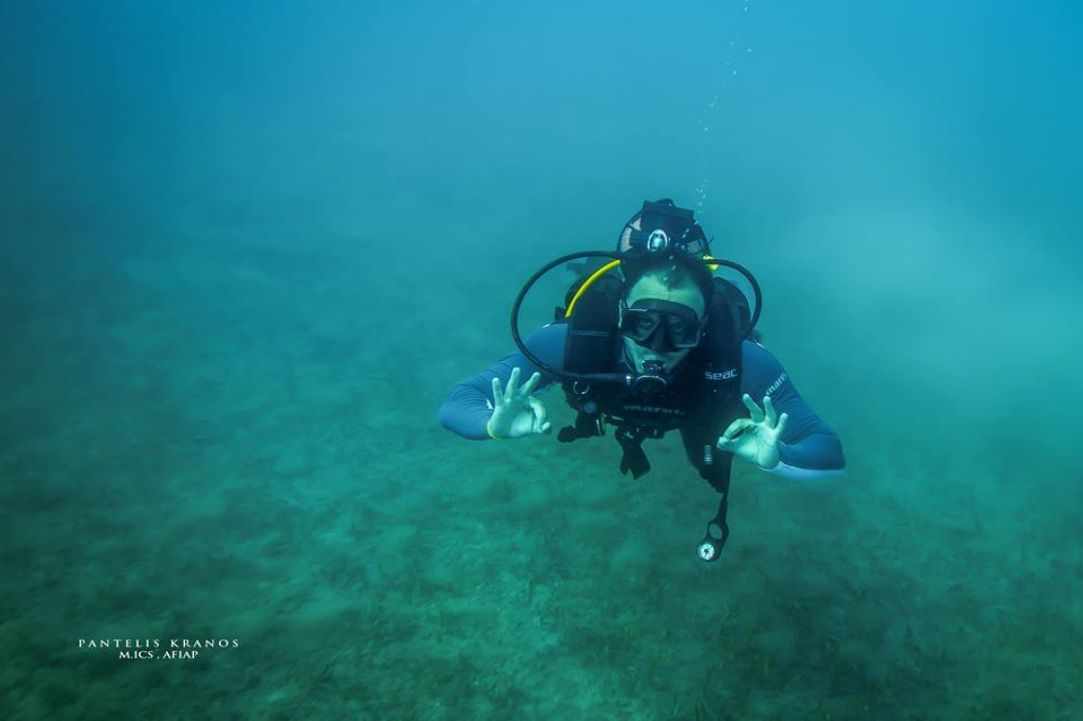
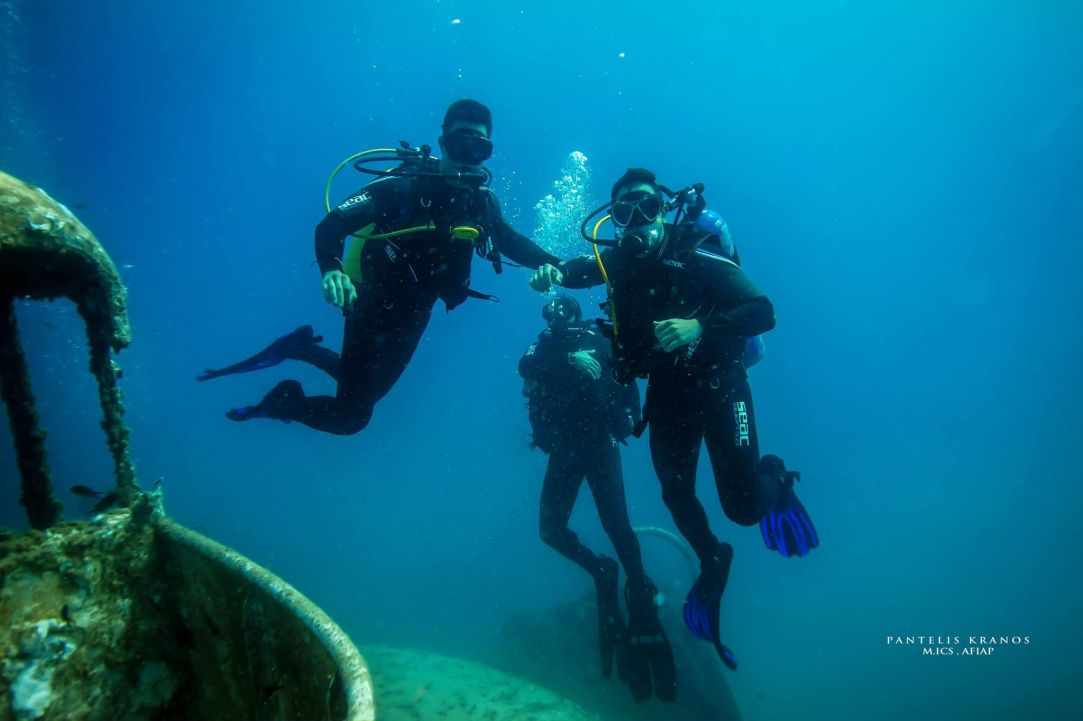
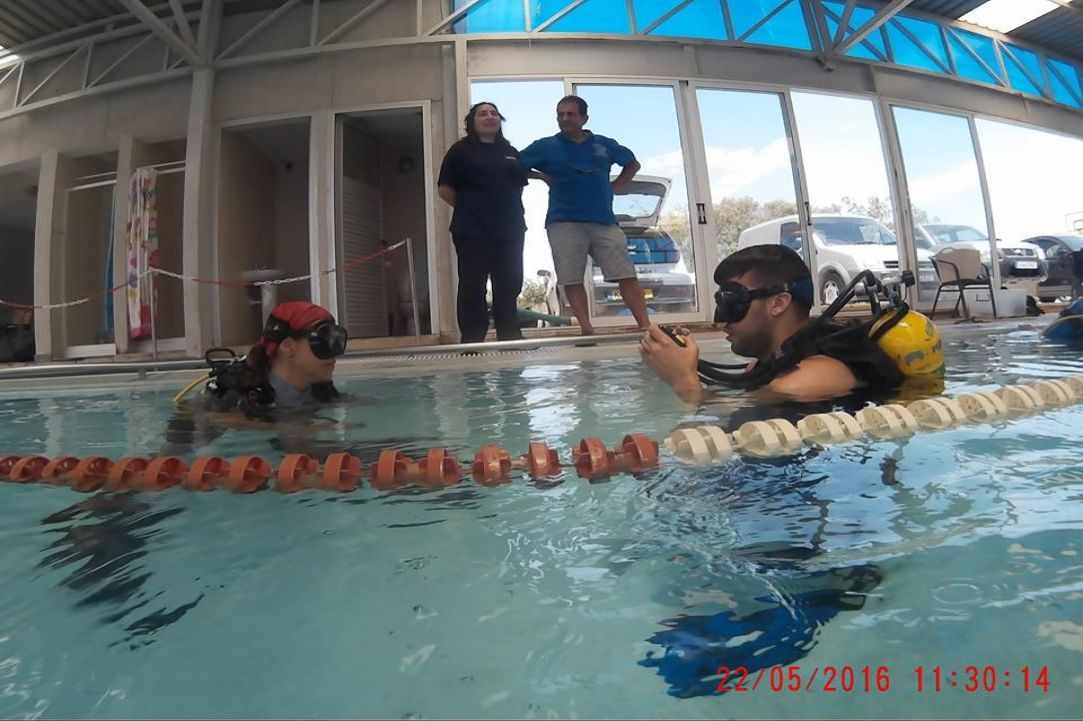
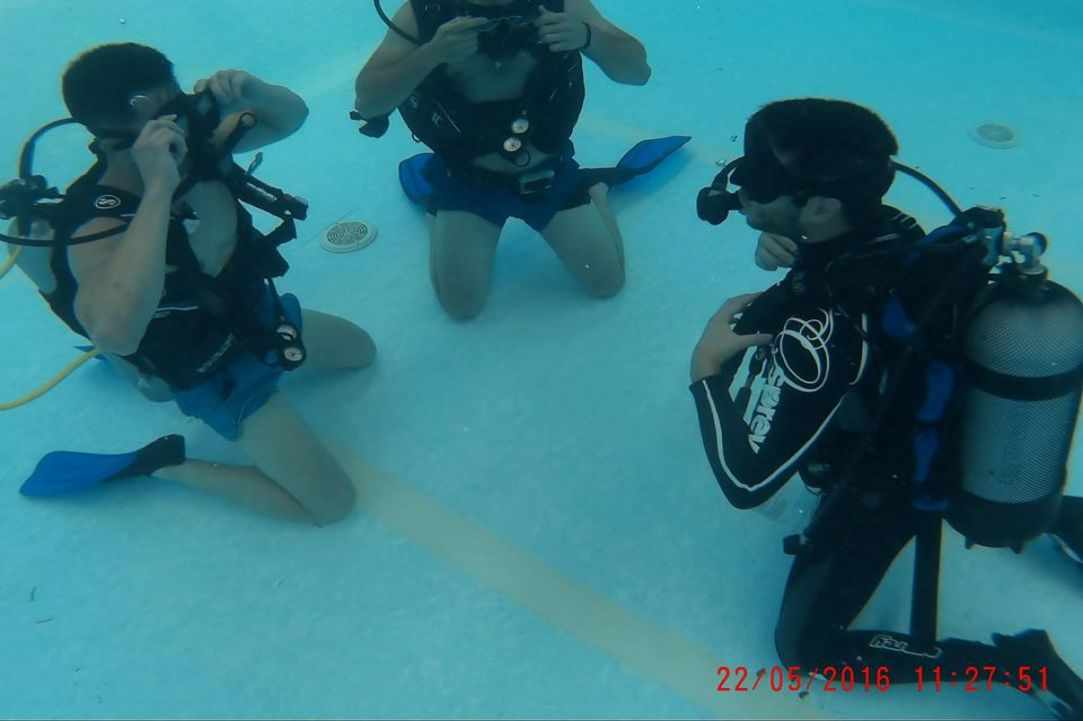

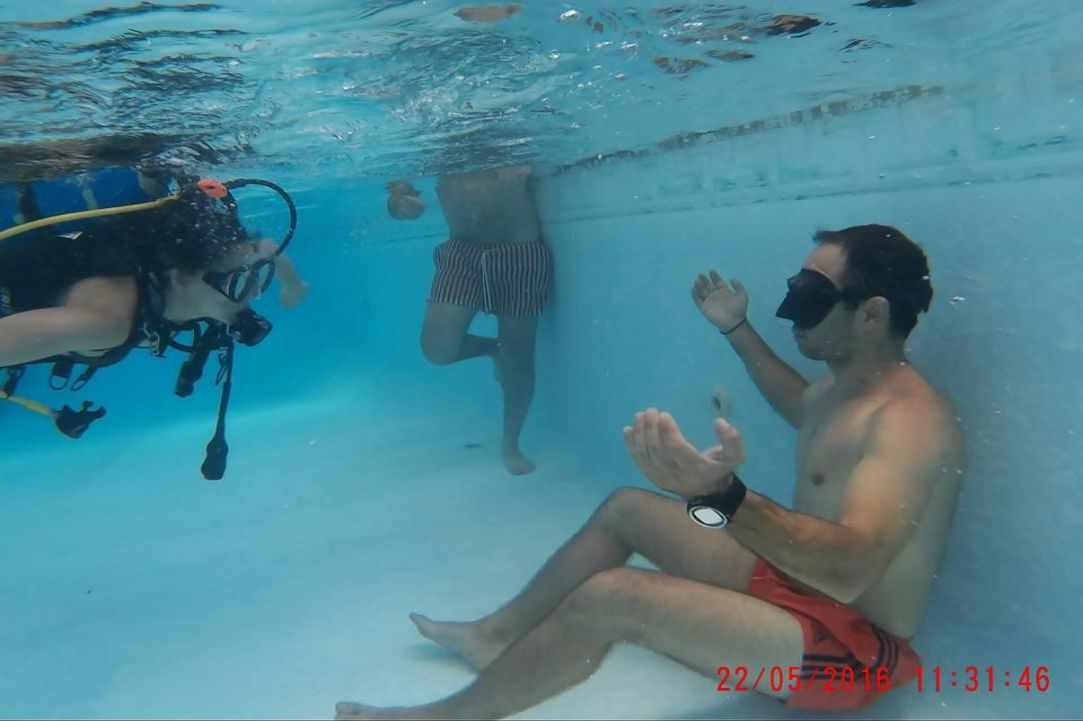
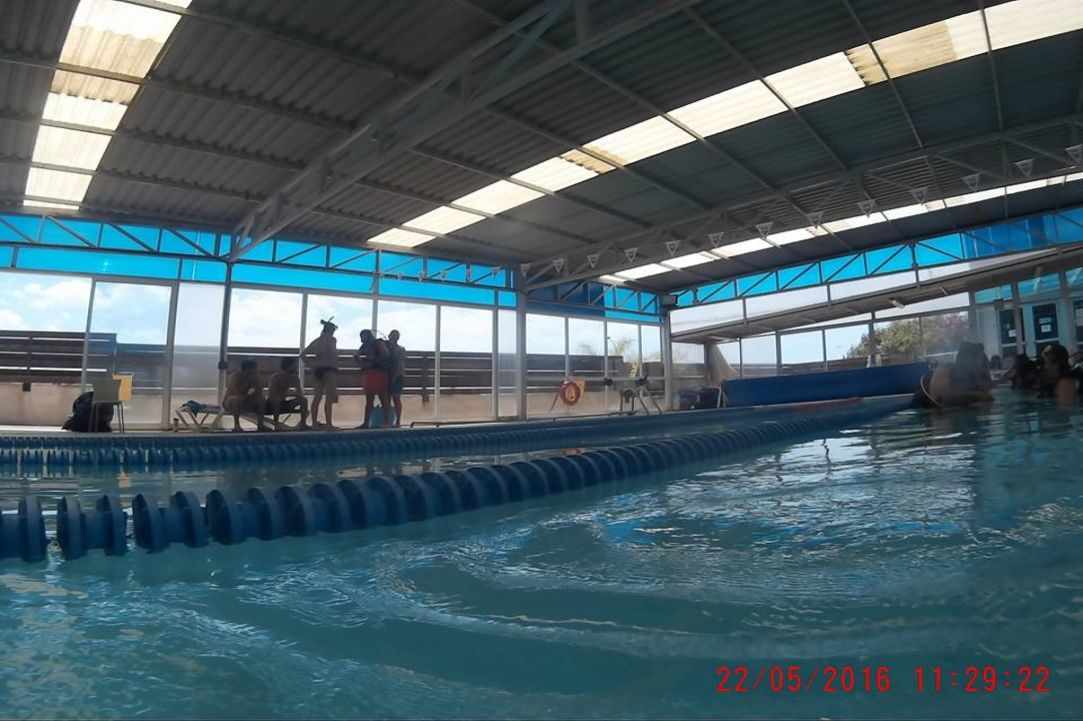

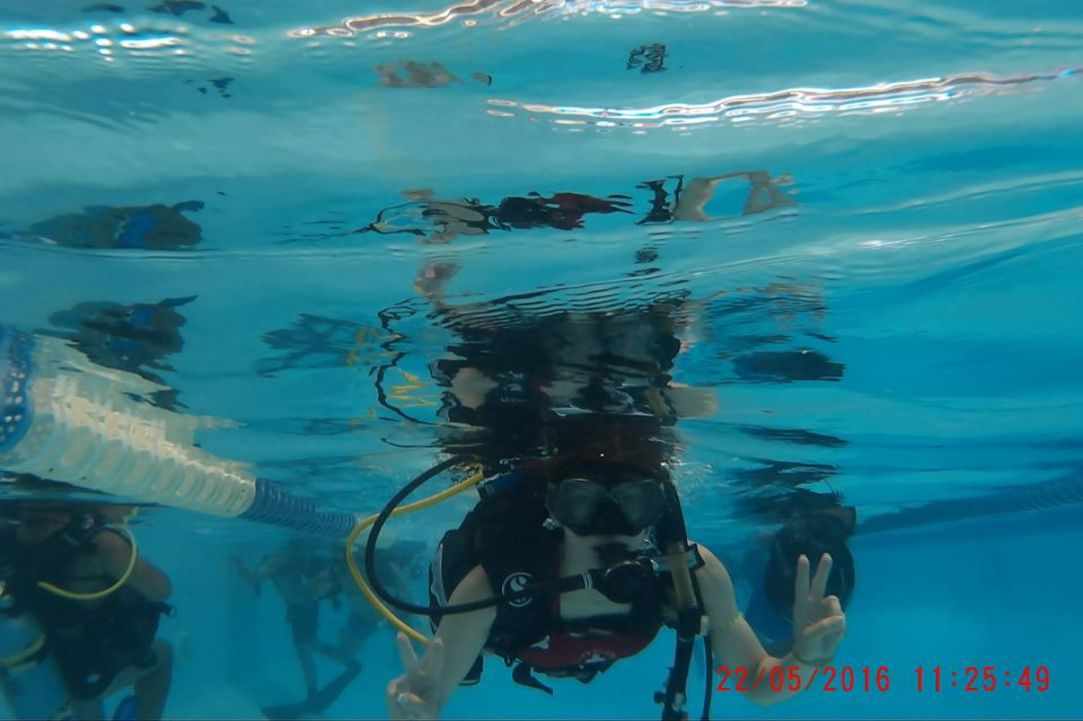
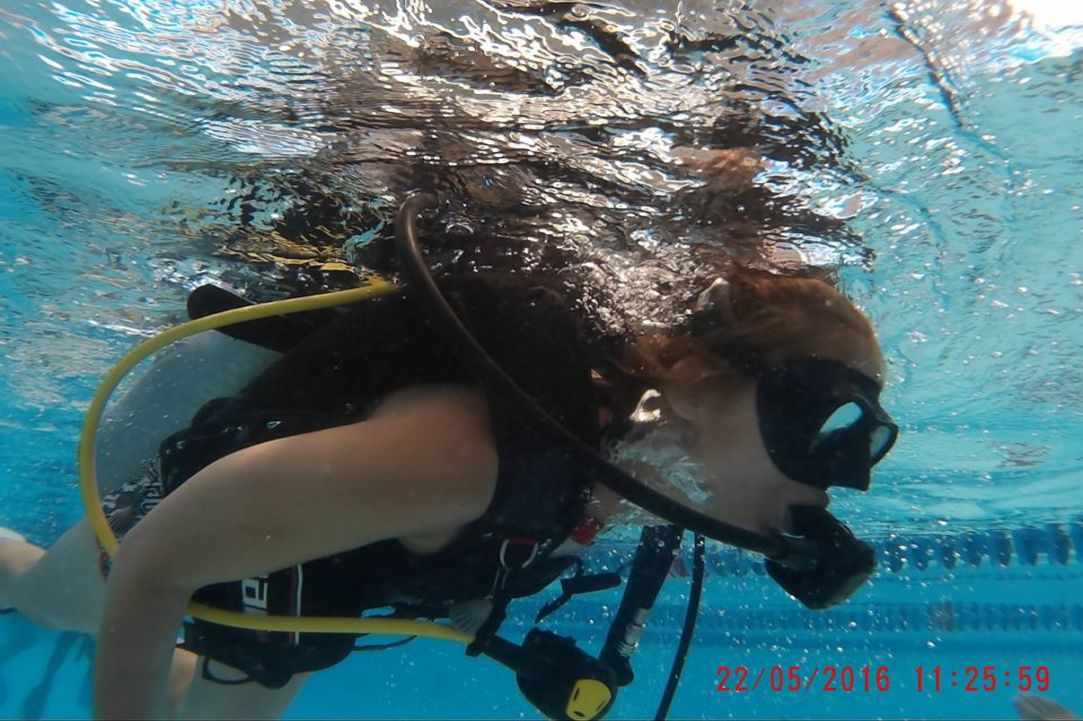
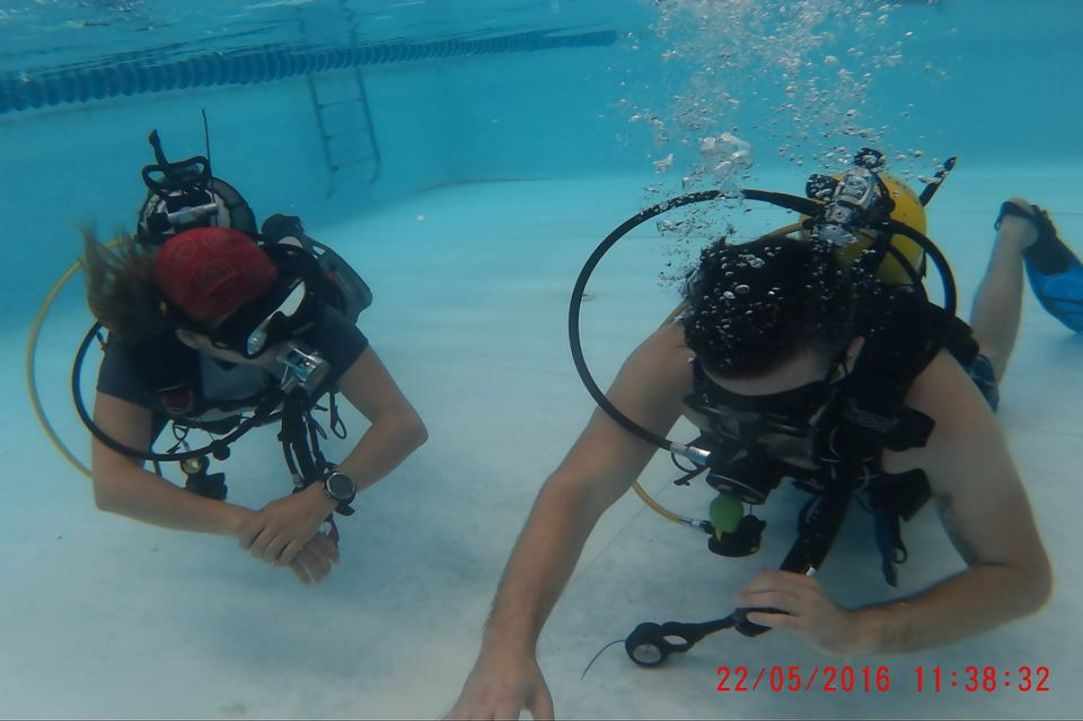
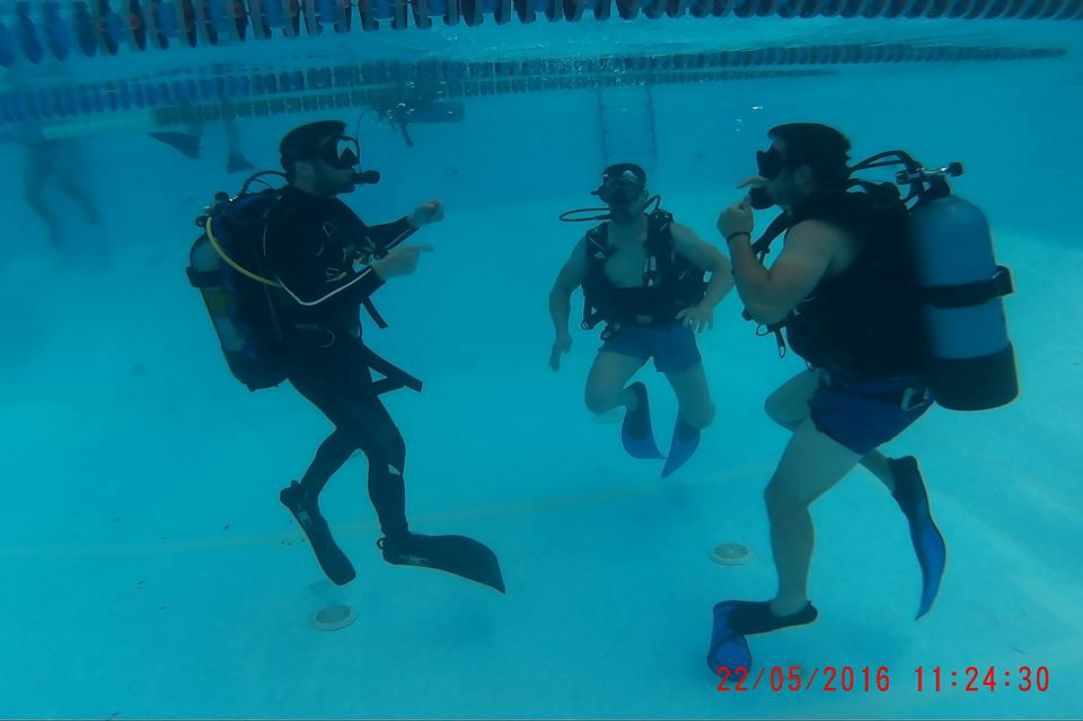

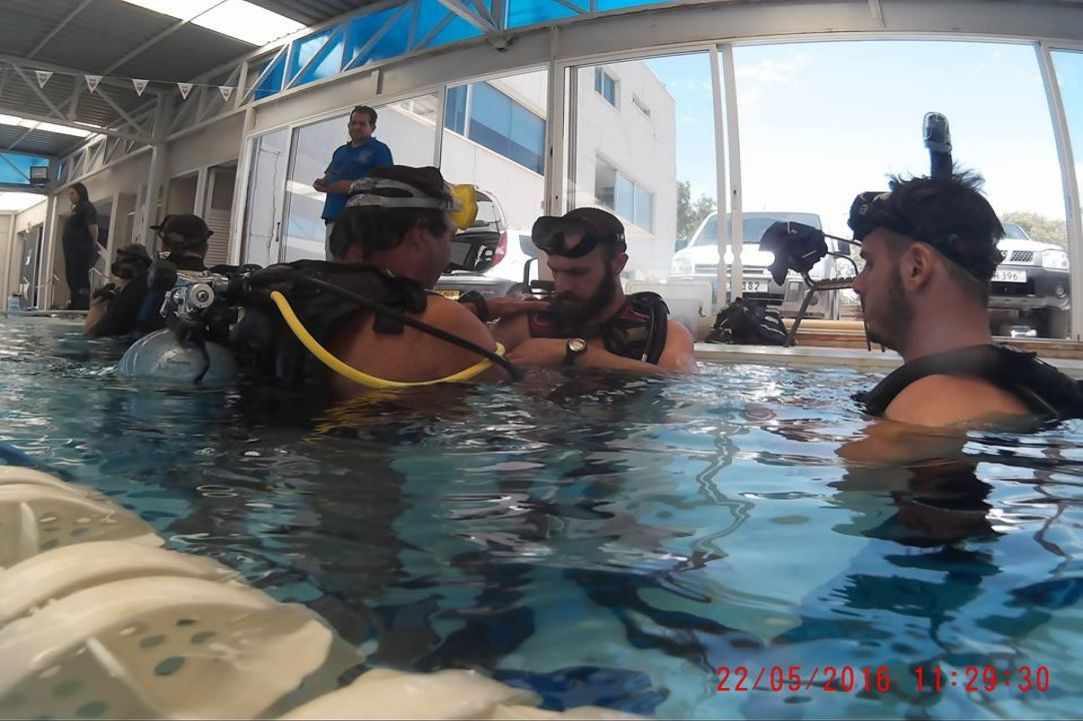
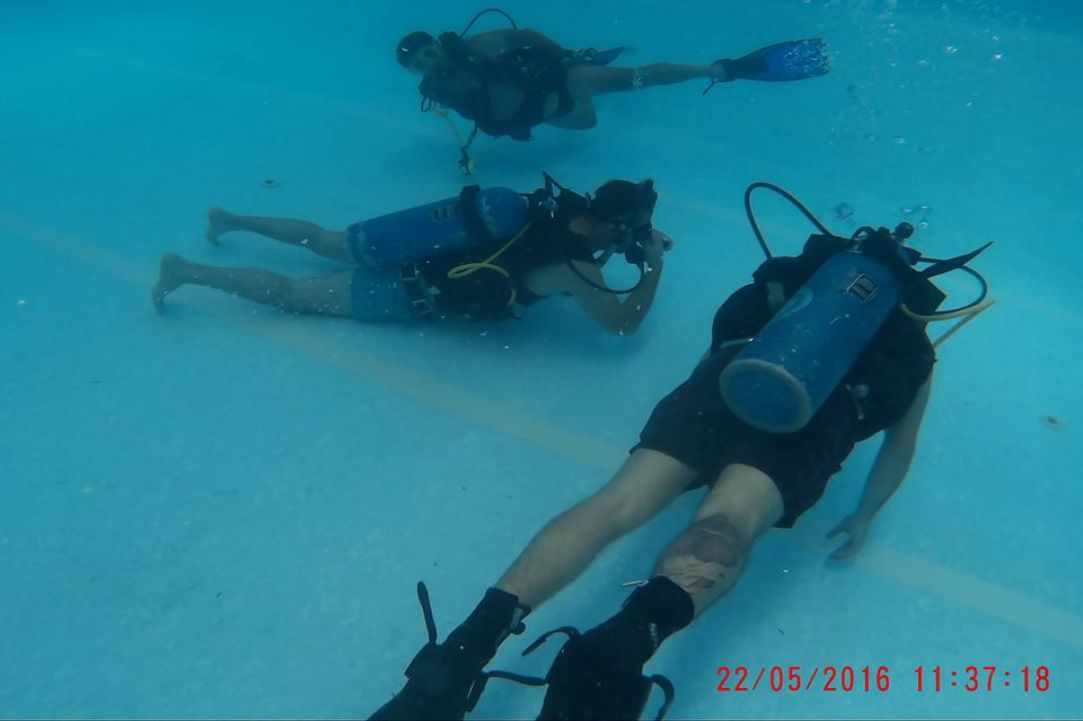

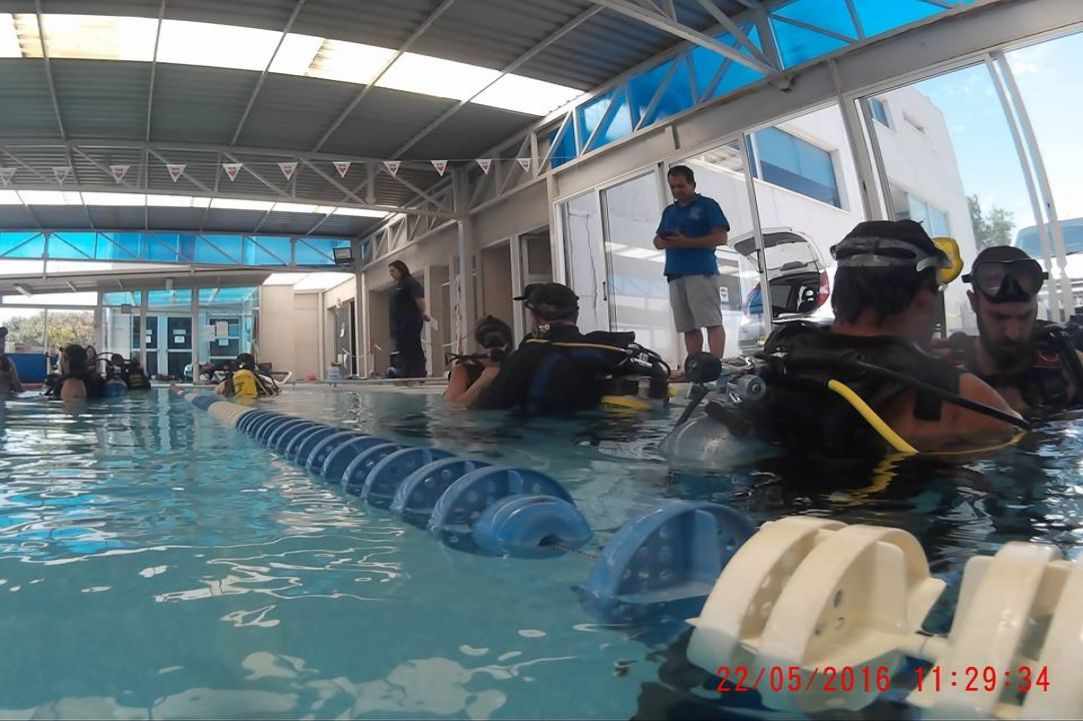
 Posted by
Evi Neocleous
Posted by
Evi Neocleous






